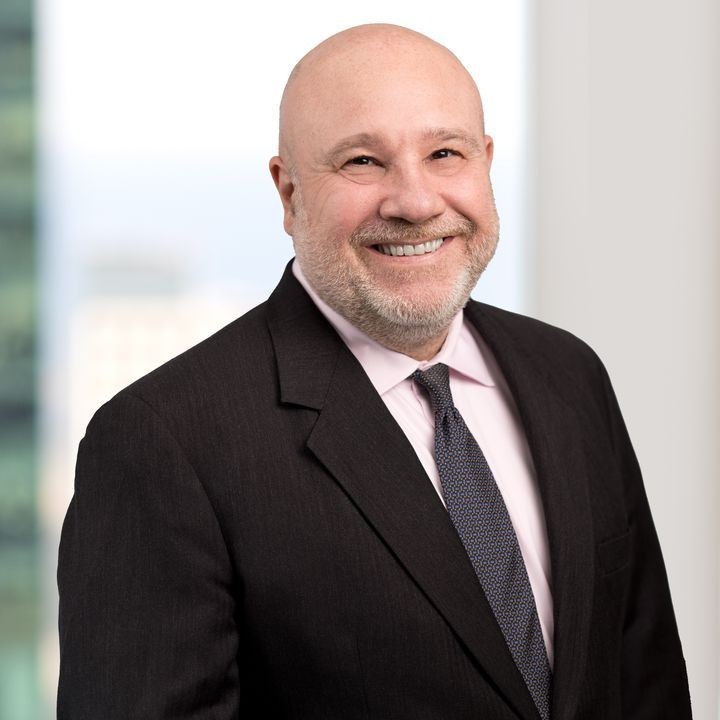Supreme Court Preserves the Status Quo That Syndicated Loans Are Not Securities in Kirschner v. JPMorgan Chase
Client Alert | 4 min read | 04.10.24
On February 20, 2024, the Supreme Court finally brought the curtain down on the Kirschner v. JPMorgan Chase Bank, N.A. et al., action when it denied Plaintiff’s petition for certiorari that challenged the Second Circuit Court of Appeal’s determination that syndicated bank loans were not “securities.” While the Second Circuit made that decision in August, fears of significant market disruption were raised again in December, when the plaintiff asked the Supreme Court to review the case. But, as a result of the denial of cert, the Second Circuit decision stands, and for the time being, syndicated term loans will not be subject to securities regulation.
Notwithstanding this result, borrowers, lenders, agents and arrangers should not assume that the issues raised in Kirschner have been resolved finally, completely, and once and for all. In the ever-evolving loan market, considering the SEC staff’s reported discomfort and the SEC’s inability to provide a view on this issue to the Second Circuit, another plaintiff may make similar arguments in a future dispute or transaction and achieve a different result.
The Kirschner complaint arose out of an April 2014 term loan extended to Millennium Health. JPMorgan Chase and the other defendants arranged the loan’s syndication to over 400 institutional investors. Within two months of closing, however, Millennium experienced significant legal setbacks, which resulted in substantial liabilities to competitors and governmental authorities. On November 10, 2015, Millennium defaulted on the term loans and filed for bankruptcy.
After the bankruptcy case, Marc Kirschner, as trustee of the Millennium Lender Claim Trust, sued JPMorgan Chase and the other loan arrangers in New York state court. The Complaint asserted several causes of action, including claims arising under various states’ securities laws. Defendants removed the case to the United States District Court for the Southern District of New York and sought to dismiss the securities claims on the ground that syndicated loans were not securities.
The District Court granted the motion to dismiss. The Court’s analysis cited the Supreme Court’s 1990 decision in Reves v. Ernst & Young, which articulated four factors that determined whether a “note” could overcome the presumption that it was a “security”: (1) the motivations that would prompt a reasonable seller and buyer to enter into the transaction; (2) the plan of distribution of the instrument; (3) the reasonable expectations of the investing public; and (4) the existence of another regulatory scheme to reduce the risk of the instrument, thereby rendering application of the Securities Act unnecessary. The District Court concluded that all factors weighed supported the conclusion that the loans were not securities and granted defendant’s motion to dismiss the securities claims.
On appeal, in an unusual turn of events, the Second Circuit invited the SEC to provide its opinion on whether the Millennium loans constituted “securities”. This request prompted rampant speculation among loan market participants as to the SEC’s position and the potential for a reversal. The SEC then requested several extensions to respond, and ultimately filed a letter stating that the SEC was not in a position to express a view on the issue. After the SEC declined to express a position, the Second Circuit applied the Reves test and affirmed the District Court’s finding that the loans were not securities and upheld the dismissal of the securities claims.
Plaintiff then petitioned the Supreme Court to review the Second Circuit’s opinion and conclusion that the Millennium loans were not securities. Plaintiff’s petition for certiorari focused on the evolution of the syndicated loan market, arguing that bank loans today have much more in common with high-yield bonds than with the bank loans of the past, which were typically held only by banks and rarely traded. Plaintiff also cited the SEC’s public statements on the matter, as expressed in amicus briefs in Reves and subsequent cases, as well as in prior remarks made by several Commissioners and staff members. With respect to the Kirschner proceedings, plaintiff claimed that, according to news reports, “the SEC had concluded that syndicated loans are securities, but held off filing a brief following industry lobbying and diverging views from other regulators.”
The universe of financial instruments which the market considers as “loans” is broad and hardly monolithic. Few would argue that a bilateral loan to a small business held to maturity by the originating bank bears much resemblance a high-yield bond. On the other hand, a syndicated credit facility can share many characteristics with that same high yield bond. While both are “loans”, they fall into different places on the continuum between instruments that are clearly not securities, on one end, and those that might arguably be securities on the other. It is undeniable that the correlation between syndicated bank loans and high-yield bonds has strengthened over the past several decades. If the market’s evolution and innovation continue, the lines will only become increasingly blurred with little to differentiate between products.
As the market continues to broaden and more investors and participants are exposed, directly or indirectly, to syndicated loans, one can imagine a world in which a Commission with a slightly different composition issues a public pronouncement that deems these loans to be “securities”. Or, a different court may assess and apply the Reves factors in a new light when examining loans that have evolved to share even more of the characteristics of high-yield bonds. Even if securities fraud liability remains inapplicable in the near term, common law prohibitions against fraud already apply to loan trading, and market participants should continue to exercise caution in handling material, non-public information. While the banks may have won the battle in Kirschner, the war remains far from over.
Contacts
Insights
Client Alert | 11 min read | 12.15.25
New York LLC Transparency Act: Key Requirements and Deadlines
On January 1, 2026 (“Effective Date”), the New York LLC Transparency Act ("New York Act”) is scheduled to take effect, introducing new disclosure requirements for limited liability companies (“LLCs”) formed or registered to do business in New York State. The New York Act is expected to impose the type of broad beneficial ownership requirements the federal CTA and rules implementing it was designed to require, before the federal government’s decision to limit the scope of the CTA’s beneficial ownership reporting requirements to foreign companies and foreign beneficial owners.
Client Alert | 7 min read | 12.15.25
The New EU “Pharma Package:” EU Reaches Landmark Deal on Pharma Package
Client Alert | 5 min read | 12.12.25
Eleventh Circuit Hears Argument on False Claims Act Qui Tam Constitutionality
Client Alert | 8 min read | 12.11.25
Director Squires Revamps the Workings of the U.S. Patent Office




